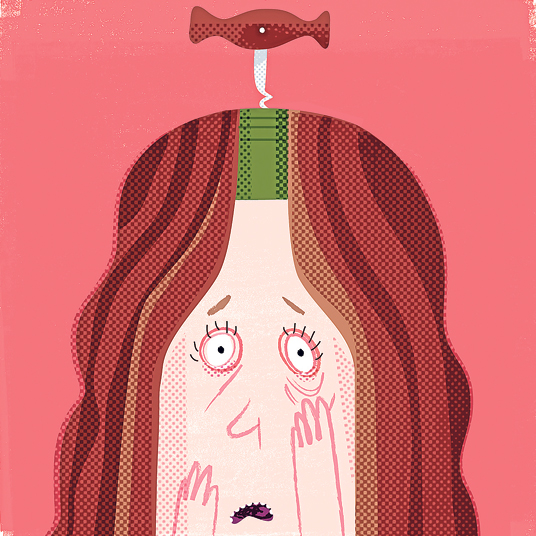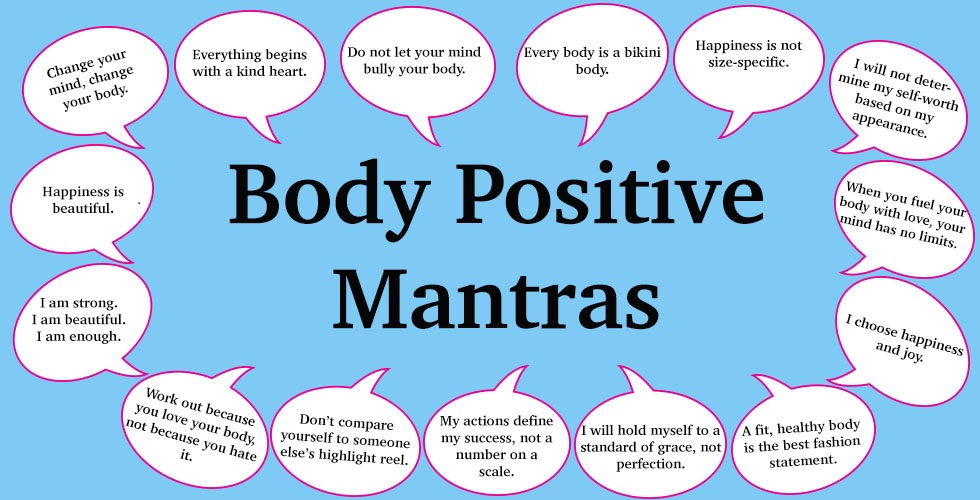Dreams are Mysterious, bewildering, eye-opening, and sometimes a nightmarish hell. Your dream’s length can vary from a few seconds to as long as 30 minutes. The average person goes through 3-5 dreams a night, mainly occurring in the rapid eye movement (REM) stage of sleep; it’s in this stage where the brain is at its most active, almost as if you were awake.
Below are 20 Interesting Facts About Dreams that You Might Not Know:
- You Forget 90% of your Dreams
Many people keep a dream diary by the bedside table to help them record their dreams, and with good reason. Within 5 minutes of waking, half of your dream is already gone; within 10, you will have forgotten 90% of it. Freud has theorized that dreams are forgotten because they contain repressed feelings or thoughts we don’t want to remember. Dream researcher L. Strumpell, on the other hand, blames the vagueness of dreams; because we tend to remember things by association and repetition, remembering dreams can be quite challenging.
- Women have More Nightmares than Men
In a 2009 study by Jennie Parker, British researcher, and psychologist for the University of the West of England, it was discovered that “women, in general, do experience more nightmares than men.” Women’s nightmares were also reported to be more emotionally intense than men’s. The test involved 100 women and 93 men between 18 and 25, who were asked to record their dreams in diaries.
- Night Owls Have More Nightmares
A study conducted by the Yúzúncú Yil University in Turkey has shown that those who stay up and wake up late have a higher chance of belonging to the 2-6% population with weekly nightmares. The study states that, although cortisol levels rise in the morning, irregular sleep patterns disturb circadian rhythms and lead to the stress hormone affecting dreams.
- Your Dream Might be the Next Big Thing
According to Harvard University psychologist Deirdre Barrett, several game-changing ideas came about from dreams. In a weeklong study conducted on college students, Barrett asked them to incubate answers to school assignments and other problems they were facing. The study concluded that 50% of the volunteers dream about their problem, and 25% dream of a solution.
- Dreams Can Help You Lose Weight
For those who want to lose some extra pounds, you’ll be glad to know that dreams burn calories. In a study conducted at St. Luke’s Hospital in New York, volunteers went under a strict diet regimen for 4 days under various sleep conditions. They were then asked to fast on day 5 and were allowed to eat as much as they liked on days 6 and 7. The results showed that those who slept longer and had more dreams each night were less hungry, specifically for fat- and carbohydrate-rich foods. On the other hand, volunteers who slept only 4 hours each night found that their metabolism slowed down, and they ate more on the 6th and 7th day.
- Depressed People Have Better Dreams
In a study that involved 23 women and 26 men going through a divorce, psychologist Rosalind Cartwright from Rush University found that those diagnosed with clinical depression were better off than their more resilient counterparts. While the depressed subjects had shorter, more pleasant dreams, their better-adjusted peers had more ruthless dreams, usually involving their exes.
- Nightmares Help Pregnant Women
Researchers at the University of Messina in Italy found that pregnant women with bad dreams about birthing traumas or losing the baby often experienced shorter labor periods.
- Violent Dreams Can be Warning Signs
If you think nightmares are bad, imagine having a rare sleep disorder wherein you act out violent dreams by kicking and screaming. According to a study published online on 28 July 2010 in Neurology, this can be an early sign of brain disorders as you age.
- Dreams are Stress-Busters
In a study published in the Nov. 23, 2011, issue of Current Biology, UC Berkeley scientists found that the brain showed decreased levels of chemicals associated with stress during REM sleep. According to Matthew Walker, associate professor of psychology and neuroscience, previous emotional experiences lose much of their negative effects the next day because they have been reprocessed in a neuro-chemically safe environment during the dream state.
- People Tend to Dream about the Same Things
A 2004 study conducted by scientists from the Sleep Laboratory at the Central Institute of Mental Health in Mannheim, Germany, showed that most of the 55 typical dream themes occurred at least once in most participants’ lifetimes.
- Sexual Dreams are a Common Occurrence for Everyone
Psychologist Antonio Zadra, in a study conducted in 2007, showed that dreams about sex account for approximately 8% of all reported dreams for both men and women. The most common type of sexual dream involved intercourse, while some dreams involved kissing and fantasies.
- Not all Dreams are Colourful
While many people dream in colour, it’s estimated that 1 person in 8 has dreams in black and white. Dundee University’s Eva Murzyn suggests that “…there could be a critical period in our childhood when watching films has a big impact on the way dreams are formed.” She concluded this from the fact that dreams during the 20th century were almost always devoid of colour; the shift to coloured dreams occurred only during the 1960s, coinciding with the advent of Technicolor.
- Dreams Paralyze You
During REM sleep or dream-phase sleep, your body suppresses the release of neurotransmitters such as norepinephrine, serotonin, and histamine, which are vital in stimulating motor neurons. This effectively paralyzes the body and puts it in a state of REM atonia, a condition wherein the muscles are in a state of relaxation that borders on paralysis.
- Our Pets Dream Too
Studies have shown that REM sleep and its associated brain states also occur in a number of animals.
- There is a Science to Dreams
While dream interpretation focuses on understanding dream meanings and deciphering their symbolisms, Oneirology, the scientific study of dreams, is more concerned with the mechanisms and processes involved in dreaming.
- Blind People also Have Dreams
Not all dreams are visual, making it possible for blind people to dream. Researchers from the University of Copenhagen and Glostrup Hospital in Denmark published a study in Sleep Medicine stating that blind people’s dreams mostly involve auditory and gustatory sensations. While people who become blind after birth have visual dreams, those born blind also have vivid dreams, thanks to a broader array of sensory inputs.
- Dreams are More Vivid for Quitters
According to the Journal of Abnormal Psychology, 33% of 293 smokers who were abstinent for between 1 and 4 weeks reported having at least 1 dream about smoking, with these dreams being described as more vivid than usual. It was concluded that they resulted from tobacco withdrawal because 97% of the test subjects did not have them while smoking. The dreams were also rated as common as most major tobacco withdrawal symptoms.
- Déjà vu is a Thing
If you’ve ever felt that you’ve already seen or felt something you’re only experiencing for the first time, you’re not alone. A survey found that 18-38% of people who participated in the survey have had at least one precognitive dream, and 70% have experienced déjà vu. It’s also interesting to note that up to 98% of these people believe in the possibility of precognitive dreams.
- Familiarity Breeds Dreams
You may not be familiar with all the characters in your dreams, so it might surprise you that those strangers are actually people you have already seen. Throughout your life, you have already seen thousands of faces that you may not necessarily remember. The mind does not invent faces for the people in your dreams; it already has an ample supply in your memory.
- Dreams Can Melt into Reality
Sometimes, you may dream of frolicking in a meadow and then suddenly hear the shrill sound of bells, only to wake up to your alarm clock. This phenomenon is known as Sensory Incorporation, wherein elements of your physical surroundings merge with your dream. A study conducted by Nielsen in 1993 has shown that the physical sensation of pressure on the participants’ legs was incorporated into their dreams, subtly yet directly.
Dreams really are amazing things. Rest easy knowing that your dreams have meaning and purpose.




 Maintain balance in your life. There should be equity in the way you take care of yourself. You can’t discriminate on other parts of the body while taking care of the rest. The same amount of time you give maybe to your physical health is the same amount you should give to your mental health. We all are able to balance.
Maintain balance in your life. There should be equity in the way you take care of yourself. You can’t discriminate on other parts of the body while taking care of the rest. The same amount of time you give maybe to your physical health is the same amount you should give to your mental health. We all are able to balance. Have time for yourself every day. It might be hard to find time for yourself but at least 15 minutes a day can be appreciated. You would have made an improvement towards your well-being especially maintaining personal balance. During this time you can engage in activities that make you happy. It can be writing, listening to music, reading or drawing. You should do that frequently and plan well with the 15 minutes you’ve allocated.
Have time for yourself every day. It might be hard to find time for yourself but at least 15 minutes a day can be appreciated. You would have made an improvement towards your well-being especially maintaining personal balance. During this time you can engage in activities that make you happy. It can be writing, listening to music, reading or drawing. You should do that frequently and plan well with the 15 minutes you’ve allocated.






